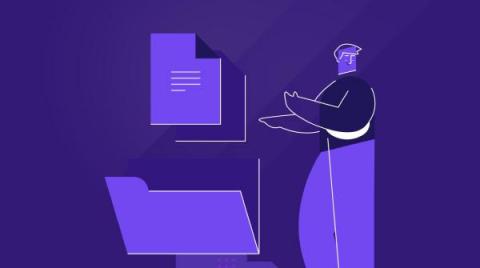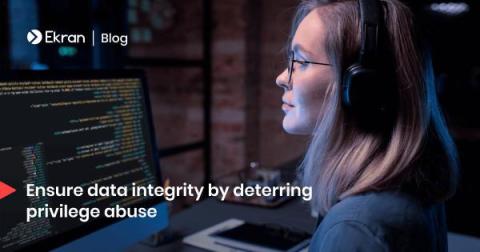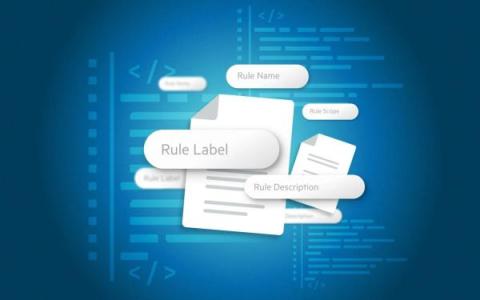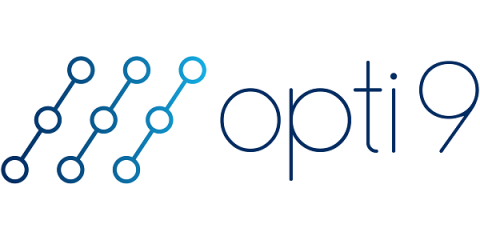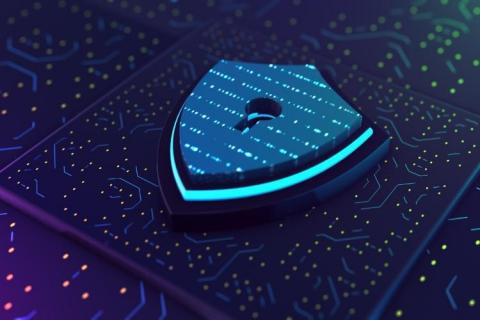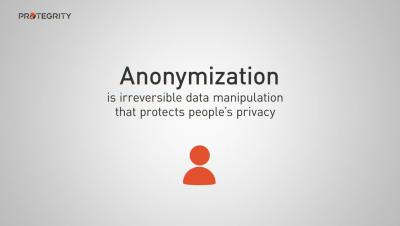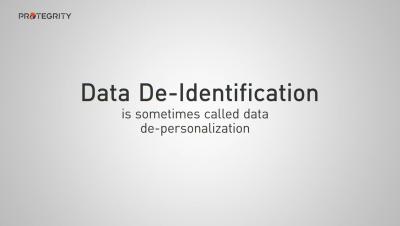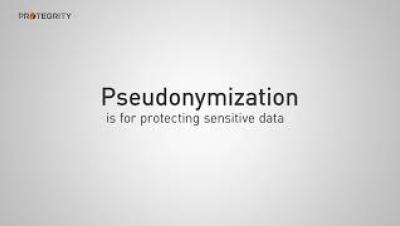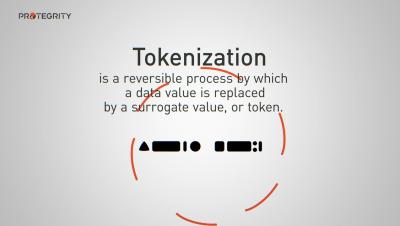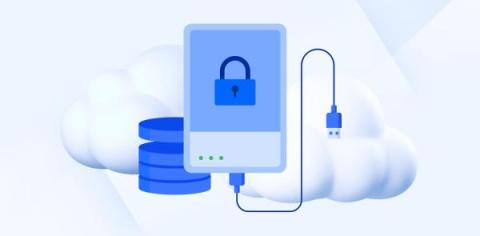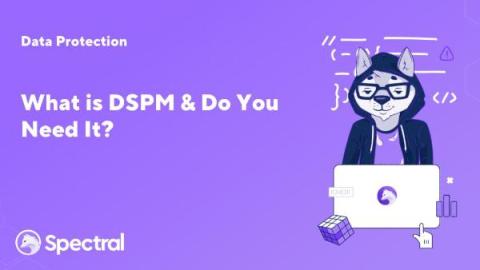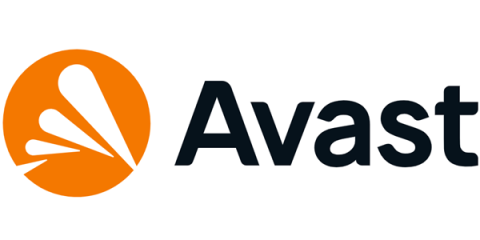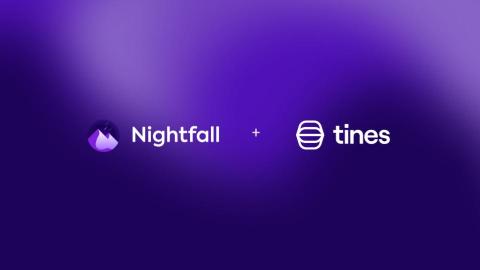Security | Threat Detection | Cyberattacks | DevSecOps | Compliance
January 2024
Navigating the Digital Landscape: Essential Security Measures for Small Businesses
New at Nightfall: January '24 Product Updates
How to Ensure Enterprise Data Security against Privilege Abuse: Top 8 Best Practices
How Egnyte Metadata Supports DLP Integration
The tension between the CDO and the CISO: The balancing act of data exploitation versus protection
Ensuring Microsoft 365 Data Security and Compliance with Veeam
As of 2023, Microsoft Office 365 is utilized by over a million companies globally, according to a recent Statista report. It has become an indispensable tool for organizations as they adapt to hybrid workforces and a global economy, leveraging its collaborative power and the need for a robust data protection strategy. At the core of Microsoft 365’s security framework lies the Shared Responsibility Model, delineating the responsibilities of Microsoft and organizations using their services.
4 Tips For Staying Ahead of Cybersecurity Threats in 2024
As we kick off the new year, we're excited to look back on all that we learned in 2023. This past year saw some momentous advancements, including the large-scale adoption of generative AI (GenAI). However, it also saw some devastating data breaches. According to IBM’s latest “Cost of a Data Breach” report, 95% of studied companies experienced a breach in 2023.
Australia's Six Cyber Shields and One Strategy to Rule Them All
AI and security: It is complicated but doesn't need to be
Try This Alternative to Proton Drive to Secure Your Data
Safeguard your heart and personal info this cuffing season
Data Security and Privacy in Dental Technology
Anonymization: Safeguarding Sensitive Information - Permanently
Data De-Identification: The Foundation of Data Protection
Pseudonymization: Replacing Sensitive PII Values to Better Protect Your Data
Tokenization: Replacing Data Values One Token at a Time
Cloud Storage vs. Hard Disk Drive (SSD): Which is Better for Data Security?
What is DSPM (Data Security Posture Management) & Do You Need It?
Knowledge is power. Power is money. In the context of information systems and applications, knowledge is ingested, processed, and used as data. Data theft or loss can be devastatingly costly to a business. Data is one of an organization’s most valuable assets, and must be secured and protected as such.
Is your ID badge giving away too much about you?
Streamline your security workflows with these 3 shortcuts in Tines
Looking for ways to simplify your cloud DLP workflows in 2024? Read on for 3 ways that Tines—our go-to secure workflow builder—can make your resolutions a reality. First, let’s learn a little about how Tines works. In short, Tines helps users to create “stories” (aka workflows) that streamline communications, automate tasks, and more. Tines stories can take any number of twists and turns by: But how can you put these actions into practice?




